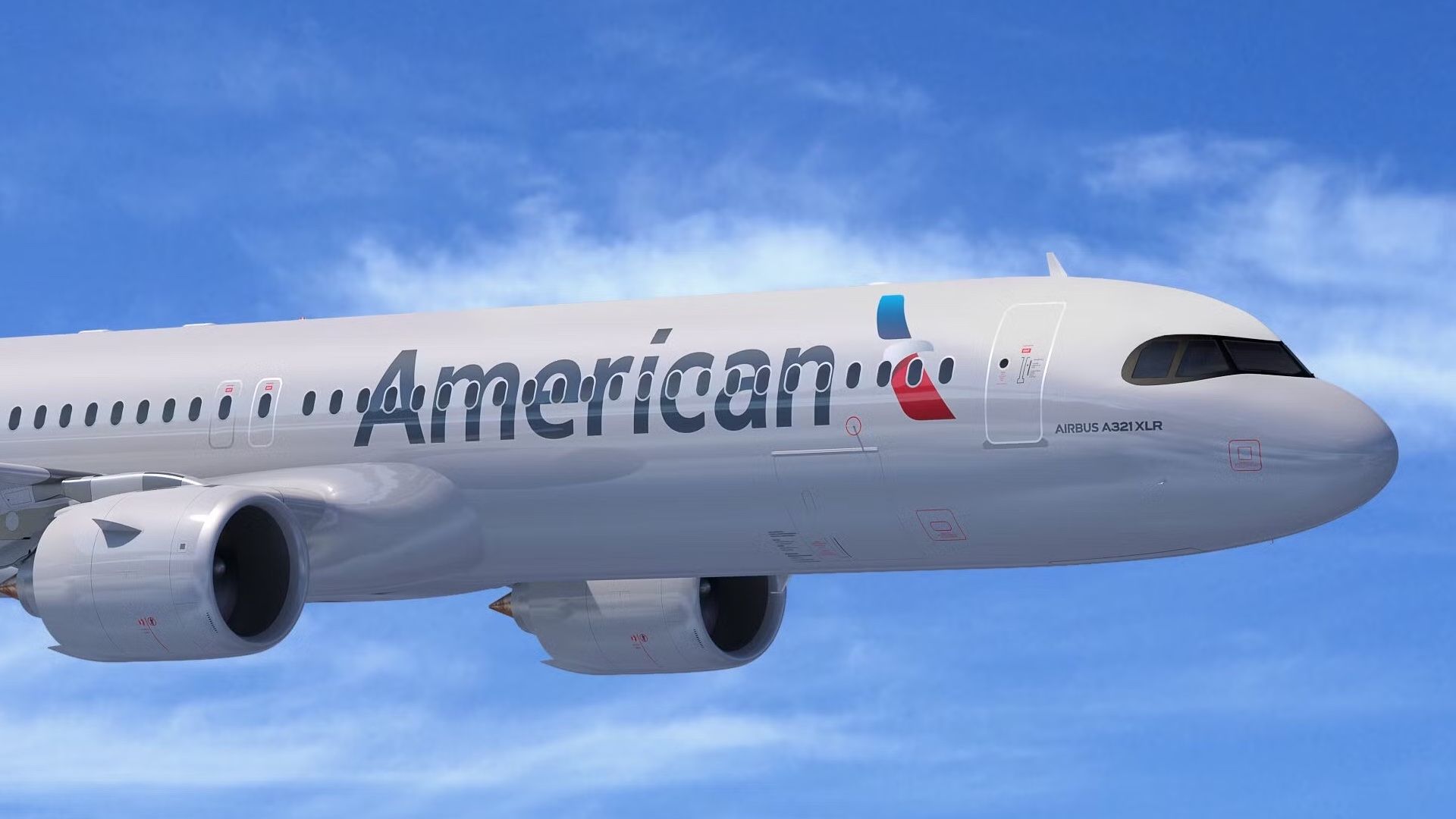American Airlines is advancing its capabilities for transatlantic flights by preparing pilots for the Airbus A321XLR, with operational trials already underway. Beginning on September 4, 2023, the airline conducted 42 roundtrip flights between Philadelphia International Airport (PHL) and Edinburgh Airport (EDI). These flights included Federal Aviation Administration (FAA) inspectors to certify the airline for North Atlantic operations.
The rigorous pilot training program focused on essential skills such as navigating the North Atlantic Tracks, managing non-radar Air Traffic Control (ATC) interactions, and developing diversion planning strategies. A select group of 45 pilots underwent this initial training and will subsequently train their fellow line pilots, starting with operations from John F. Kennedy International Airport (JFK) in New York.
Training and Pilot Preparation
The qualification process for the Airbus A321XLR pilots was extensive, adhering to all regulatory guidelines. Each of the 42 flights was designed specifically to equip pilots with the necessary skills for operating in complex oceanic airspace. Key areas of focus included long-range communication, diversion airport planning, and managing equal-time-point contingencies.
Captain Josh Hall, the Airbus A320 fleet captain at American Airlines, remarked, “This effort sets us up nicely to begin training our line pilots to fly the A321XLR over the North Atlantic, and it was only made possible by the hard work and professionalism of our check pilots, the FAA and our A320 flight training and fleet technical teams.”
Two-Step Rollout Plan for the A321XLR
American Airlines has established a two-step rollout plan for the A321XLR. Following the initial deliveries scheduled for the fourth quarter of 2025, the aircraft will first operate on domestic routes. This phase will allow the airline to fine-tune crew and maintenance operations before extending its service to long-haul flights.
During this period, the airline aims to identify and resolve any initial operational challenges while enhancing the training of the 45 selected pilots. The A321XLR, with a range of approximately 4,700 nautical miles, is expected to support the airline’s expansion into secondary European markets and off-peak services from major hubs.
The second phase will see the aircraft deployed on transatlantic routes, enabling American Airlines to serve long-and-thin routes that traditional widebody jets cannot sustain. This strategic deployment will enhance American Airlines’ ability to cater to mid-size destinations year-round.
The Airbus A321XLR is a pivotal addition to the airline’s fleet, allowing for a versatile approach to both small and large city destinations. It provides the flexibility to adjust capacity and is particularly suited for premium product offerings, with plans to introduce lie-flat business class seats. This aligns with the industry trend of increasing premium revenue opportunities.
In summary, the Airbus A321XLR significantly enhances American Airlines’ operational capabilities, setting the stage for a new era of transatlantic service that promises to reshape the airline’s approach to international travel.
